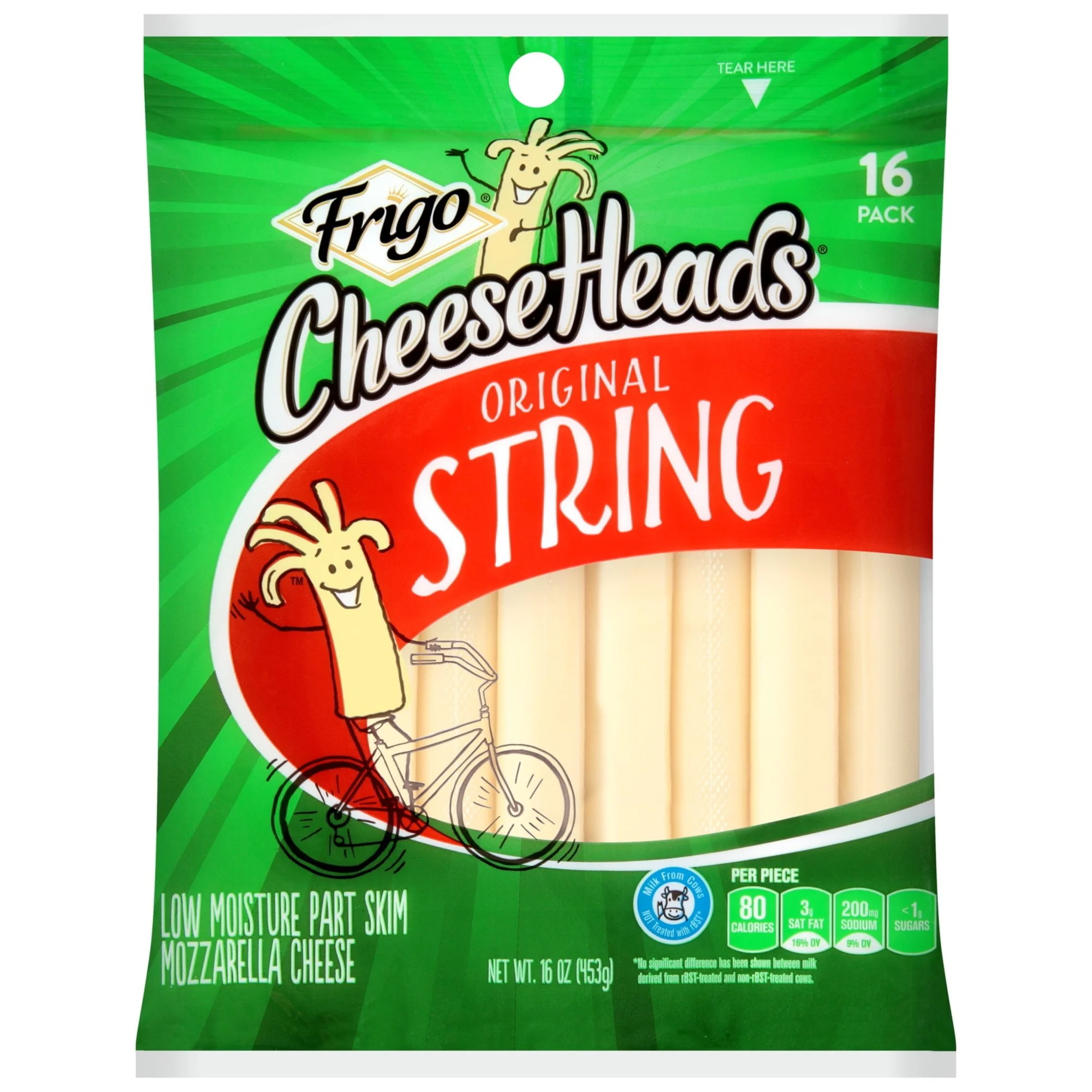The 5 Best Cheeses for Kids, According to an Expert
For many of us, cheese was a childhood staple. From grilled cheese sandwiches to mac and cheese, and what kid doesn't like pizza? It’s a pretty safe bet that kids will happily eat the stuff. (Take me, for instance. When I was seven, I housed an entire wheel of brie at a family friend’s get-together.) But is cheese actually good for kids?
Sarah Koszyk, MA, RDN, NBC-HWC is a registered dietitian, sports nutritionist, and author of 365 Snacks for Every Day of the Year. In short, she knows her stuff. And as a fan of cheese for adults and kids alike, she was happy to chat.
Nutrients in Cheese
Protein
Calcium
Vitamin A
Vitamin D
Vitamin B12
Zinc
First off, Koszyk wants to set the record straight: cheese has important nutrients that growing bodies need. We’re talking protein, calcium, vitamin A, D, B12, and even zinc. And “due to the calcium and protein in cheese, it can also support muscle and bone growth and lower blood pressure,” Koszyk adds. Cheese is also rich in leucine, an amino acid that stimulates muscle growth, improves bone health, and increases growth hormone production. It also has calcium, which is important for muscle and bone growth, strong teeth, and regulating blood pressure, making it a great snack choice for growing kids.
Sarah Koszyk
I know what you’re thinking: But what about the fat? Well, not all fat is the same. Fat is an essential macronutrient that our bodies need to help absorb vitamins, give us energy, and support cell function. Saturated fat is the fat you want to be wary of, as it can contribute to the risk of heart disease. Koszyk says to look for low fat, reduced fat, part skim, and fat free cheeses that will have less saturated fat than their whole milk counterparts.
And finally, be mindful of portion size, especially for young children. Koszyk recommends half an ounce, or a one-inch-cube of cheese per serving for a toddler, and an ounce and a half for those aged four to eight.
5 Top Cheeses
Below are five cheeses that get a nutritionist’s seal of approval. Of course, cheeses popularity vary from country to country, and while these are long time kid favorites in North America, in other countries other cheeses are tops. In Italy, Parmigiano Reggiano is not only a favorite, but is nostalgic for many Italians, since it is frequently the first cheese they try!
Mozzarella
Mozzarella
Mozzarella’s soft texture and fresh, milky flavor make it approachable for young palates. It’s also versatile: it can be served alone, or as a way to boost calcium and protein in other kid-friendly foods like pastas and pizzas. Nonfat or low-fat mozzarella is a great option for kids, as it's lower in sodium than many harder cheeses and has probiotics that can help support gut health.
Cottage Cheese
Cottage cheese
Cottage cheese is a powerhouse of nutrition, and Koszyk recommends serving it to kids, as it’s also lower in sodium than other favorites like cheddar and contains probiotics for a healthy gut. But just like mozzarella, keep fat intake in mind. And if your kids don’t like the lumpy texture, you can sneak it into their diet by blending it smooth and adding it to scrambled eggs or pancake mix or making it into a rich and creamy vegetable dip or pasta sauce.
Laughing Cow
Laughing Cow cheese
These mild wedges made from skim milk and a secret blend of cheeses are a convenient pre-portioned snack for kids. Their soft, spreadable texture makes it great for crackers or veggies, or even tossing in a lunchbox. They also come in different flavors, like everything bagel and garlic and herb. A wedge of Laughing Cow has about 45 calories, 2g of protein, and 2.5g of saturated fat, Koszyk says, which isn’t bad, but also isn’t as protein-rich as some of the other cheeses on our list. And if you’re trying to cut down on processed foods, keep in mind that Laughing Cow contains some food additives like protein concentrate and an emulsifier, sodium phosphate.
Babybel
Babybel cheese
Instantly recognizable by its red wax coating, Babybel is a two things: a nutritious snack and an interactive activity. A piece of Babybel has a little more calories (70), protein (4g), and saturated fat (3.5g) than a wedge of Laughing Cow, but has fewer ingredients. And don’t worry if your kid chews or even eats some of the wax by accident. It’s food safe, and completely safe to consume (just don’t let them make a habit of it).
String Cheese
String cheese
String cheese is a classic lunchbox staple for a reason. It has a mild taste and is fun to peel. As for the nutrition, it can vary across the board depending on what kind of cheese is being used, says Koszyk. But she says most string cheese average about 80 calories, 7 grams of protein, and 3.5g saturated fat — so around the same fat content as Babybel and Laughing Cow, but with around double the protein, making it the healthiest choice of the pre-packaged bunch.







